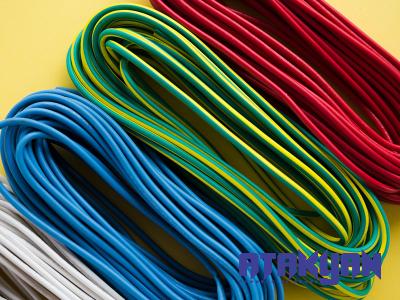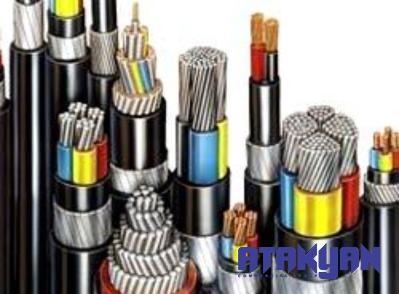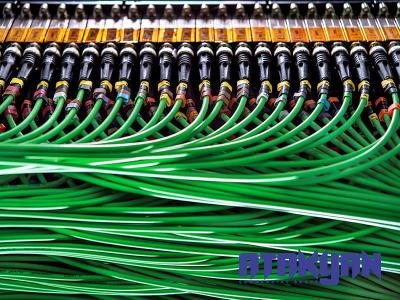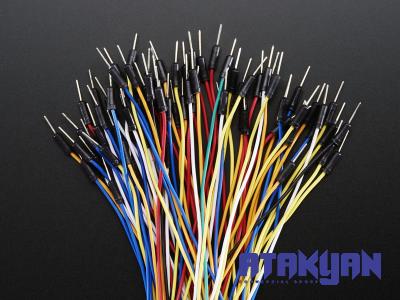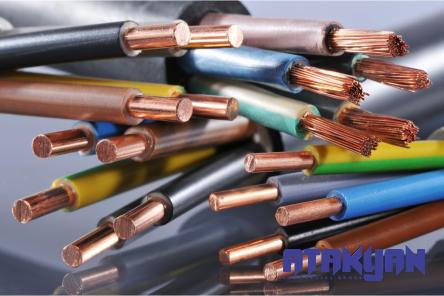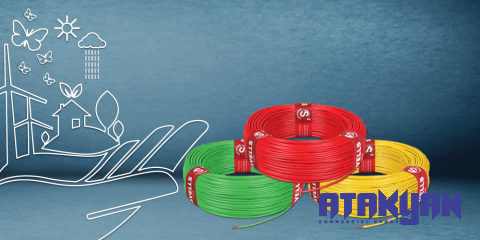An Essential Technology for Industry Advancement
Introduction:
In today’s rapidly evolving industrial landscape, innovation plays a crucial role in determining the success of businesses. As a result, industries are continually seeking cutting-edge technologies that can meet the increasing demand for efficiency and productivity. Subpowder welding is one such technology that has gained significant popularity due to its ability to overcome various limitations of traditional welding processes. This article aims to discuss the fundamentals of subpowder welding, its benefits, and the factors to consider when buying this equipment.
Discuss Subpowder Welding:
Subpowder welding, also known as submerged arc welding or SAW, is a widely adopted welding process. It is particularly well-suited for operations involving thick materials or large-scale projects. This advanced technique boasts several advantages over conventional welding methods, thus positioning it as a strategic investment for businesses across different sectors.
One of the primary benefits of subpowder welding is its high deposition rate, which translates into accelerated project completion timelines. The process involves melting a flux-covered electrode under a layer of granulated flux powder. This flux serves multiple purposes, including preventing spatter, minimizing the formation of fumes, and providing additional protection to the weld.
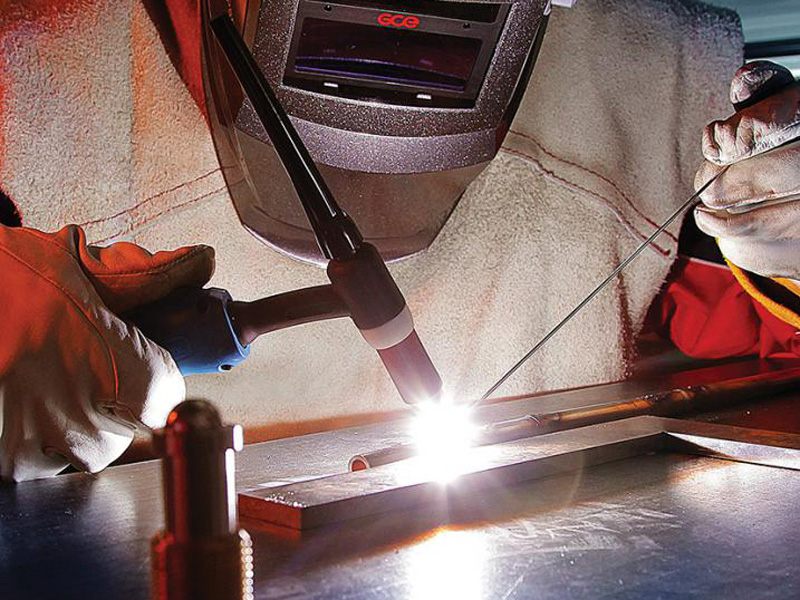
Furthermore, subpowder welding produces clean and uniform welds that require minimal post-welding finishing operations. This allows businesses to save time and resources while enhancing the overall quality of their products. The precise control of the welding parameters also ensures consistency and repeatability, vital factors in meeting strict industry standards.
Buying Subpowder Welding:
When considering the purchase of subpowder welding equipment, several factors need to be taken into account. The first step entails assessing the specific requirements and objectives of the business. This includes analyzing the desired weld quality, production volume, material type, and thickness. Clear specifications will help determine the most suitable subpowder welding system that aligns with the organization’s needs.
Another crucial aspect is evaluating the reputation and track record of potential suppliers. Choosing a reliable supplier ensures access to quality equipment, technical support, and prompt after-sales service.
Additionally, it is essential to consider the compatibility of the subpowder welding system with other tools and software used in the workflow. Seamless integration of the new equipment into the existing production processes can enhance efficiency and reduce downtime.
Price of Subpowder Welding:
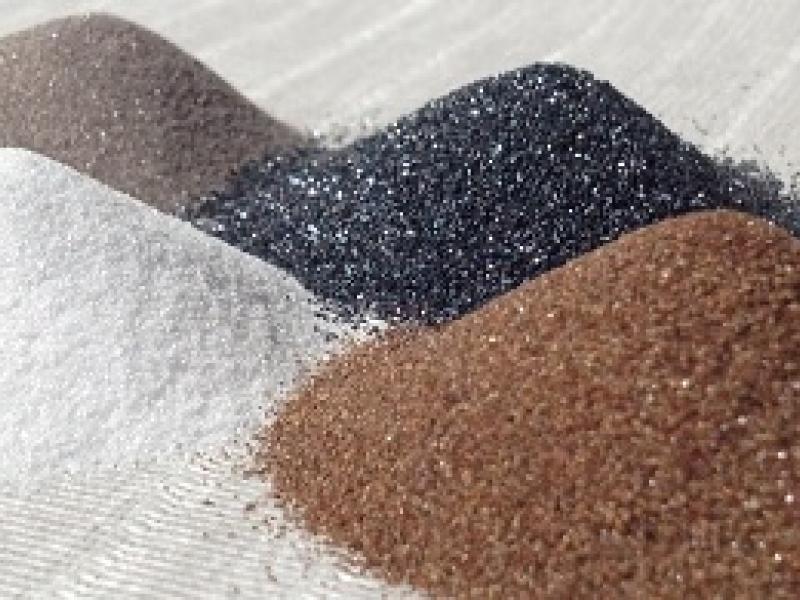
Subpowder welding equipment encompasses a wide range of options with varying price points. The cost depends on factors such as the brand, model, power source, and additional features. While it may be tempting to opt for the most cost-effective option, it is crucial to strike a balance between price and quality.
Investing in a reputable brand with a proven track record often ensures more reliable operation and longevity. Choosing a cheaper alternative may result in lower productivity due to frequent breakdowns and higher maintenance costs.
Moreover, it is essential to consider the long-term benefits of subpowder welding in terms of improved productivity, greater efficiency, and enhanced product quality. Although the initial investment may seem high, the return on investment can far outweigh the costs over time.
Conclusion:
Subpowder welding offers industries a reliable and efficient solution for their welding needs. With its numerous advantages, including high deposition rates, clean welds, and precise control, businesses can benefit greatly from this advanced welding technology. When purchasing subpowder welding equipment, it is crucial to consider factors such as specific requirements, reputation of suppliers, compatibility, and the balance between price and quality. By carefully evaluating these aspects, organizations can make an informed decision and harness the full potential of subpowder welding to drive their business forward.Subpowder welding, also known as submerged arc welding (SAW), has revolutionized the welding industry by offering a reliable and efficient solution for various applications. Its versatility makes it suitable for a wide range of industries, including automotive, construction, shipbuilding, and oil and gas.
SAW uses a consumable electrode that is continuously fed into the welding arc. The arc is created between the electrode tip and the workpiece, generating intense heat that melts the electrode and base metal. The process is carried out under a layer of granulated flux powder, which provides additional shielding, preventing atmospheric contamination and ensuring the quality of the weld.
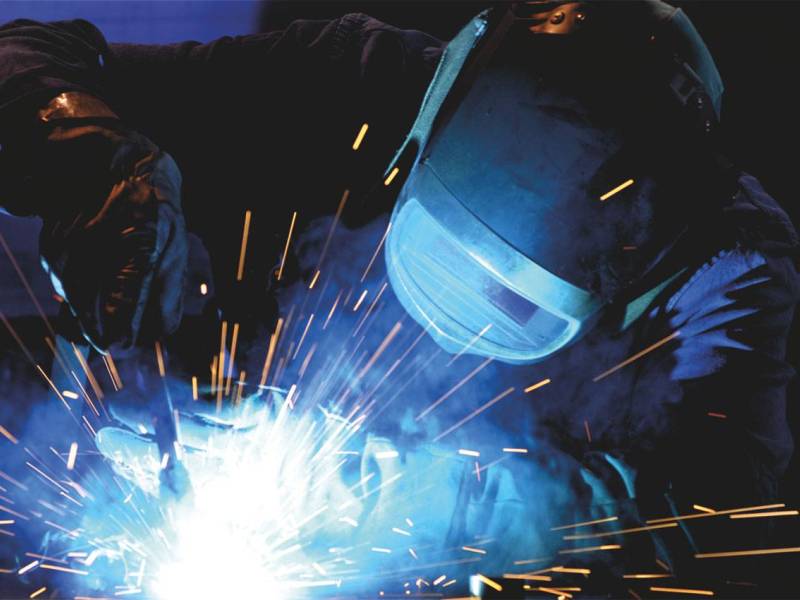
One of the significant advantages of subpowder welding is its ability to handle thick materials and join large structures with ease. The high deposition rates allow for rapid welding, making it ideal for projects that require high productivity and efficiency. The deep penetration capabilities of subpowder welding ensure strong and reliable welds, even when working with thick materials.
Another key benefit of subpowder welding is its excellent control over the welding parameters. This level of control allows operators to achieve consistent and repeatable results, which is crucial in meeting stringent industry standards and maintaining consistent quality across different batches of production.
Additionally, subpowder welding produces clean and uniform welds with minimal spatter and fumes. This reduces the need for extensive post-welding cleaning and finishing operations, saving both time and resources for businesses. The reduced presence of spatter and fumes also creates a safer and healthier work environment for operators.
When purchasing subpowder welding equipment, it is essential to evaluate the specific needs of your business. Consider the type and thickness of the materials you work with, the required production volume, and the size of your projects. The size and power of the welding system should be selected accordingly to ensure efficient and optimal operation.
Reputation plays a vital role when selecting a supplier for subpowder welding equipment. Look for suppliers with a proven track record in the industry and positive customer feedback. A reliable supplier will provide technical support, training, and after-sales service, ensuring smooth integration and operation of the equipment.
Compatibility with existing tools and software is another factor to consider. Choose a subpowder welding system that can seamlessly integrate with your current workflow and other welding equipment. This will enhance efficiency and reduce potential downtime during the transition and operation.
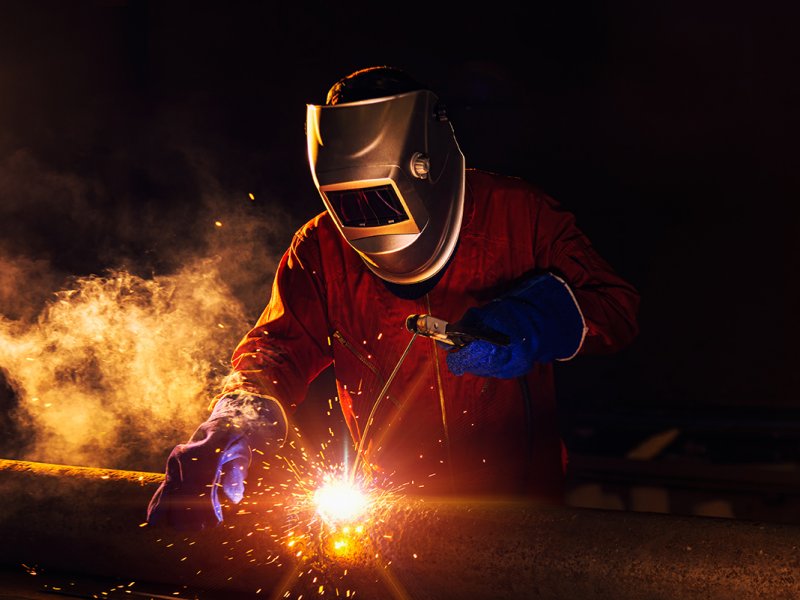
While price is a significant consideration, it is important to strike a balance between price and quality. Cheaper options may seem more affordable initially, but they may come with hidden costs such as frequent breakdowns, higher maintenance expenses, and compromised productivity. Investing in a reputable brand with a higher upfront cost can prove to be a more cost-effective choice in the long run.
By embracing subpowder welding technology, businesses can benefit from improved productivity, enhanced product quality, and increased efficiency. The initial investment may be higher, but the long-term return on investment is well worth it. Subpowder welding offers a competitive advantage, enabling businesses to stay ahead in a rapidly evolving industry.
In conclusion, subpowder welding is a game-changing technology that offers numerous advantages over traditional welding processes. With its high deposition rates, clean welds, precise control, and ability to handle thick materials, it is an invaluable asset for various industries. When buying subpowder welding equipment, consider your specific requirements, the reputation of the supplier, compatibility, and the balance between price and quality. By making a well-informed decision, businesses can harness the full potential of subpowder welding and propel their operations towards greater success.
